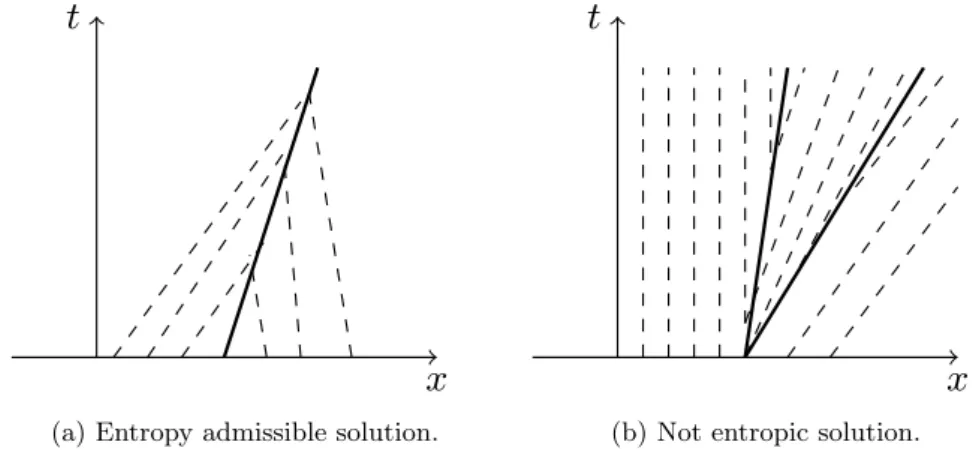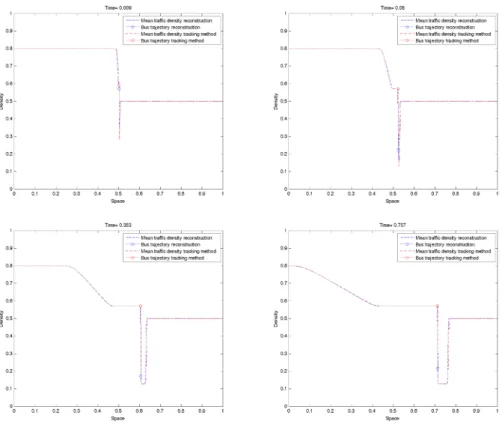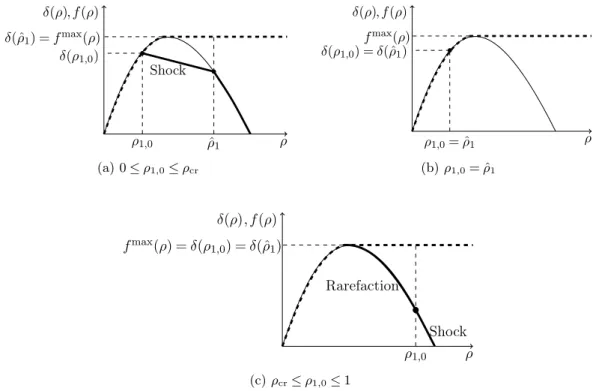Traffic flow modeling by conservation laws
Texte intégral
Figure

![Figure 1.2.8: An example of a mollifier for the model introduced in [100].](https://thumb-eu.123doks.com/thumbv2/123doknet/12926667.373760/47.892.293.653.803.1001/figure-example-mollifier-model-introduced.webp)


Documents relatifs
This new information, at the heart of the objective-based format, makes the codes clearer, enables easier application to existing buildings and removes barriers to innovation
The attention drawn to monopolies and agreements between the firms is at the heart of modern competition law (more often referred to as “antitrust” in the American
Auteur de livres importants, comme Orient et Occident et La crise du monde moderne, René Guénon a influencé par son œuvre de nombreuses personnes, dans le monde entier,
El verdadero desarrollo del cultivo de la palma inicia en la década de 1980 y la superficie plantada se ha duplicado en el último decenio (1990) para alcanzar, sólo en la región
port studies, the port region has a better position, as it scores higher than port range, port.. district and port hinterland but it scores less than port city and
A type system for functional active objects We extended the simple type system for ς-calculus: Active returns an object of the same type as its parameter; activities are typed
As mentioned in chapter 4 , the arrangement algorithm driven by a sub- division scheme can be specialized to any kind of curve or surface in any dimension as long as one is able
[13], il s’avère très vite que pour être dans la logique du principe de l’hétérojonction (une tension à circuit ouvert Voc > 0,7 V), il fallait ajouter entre l’émetteur





